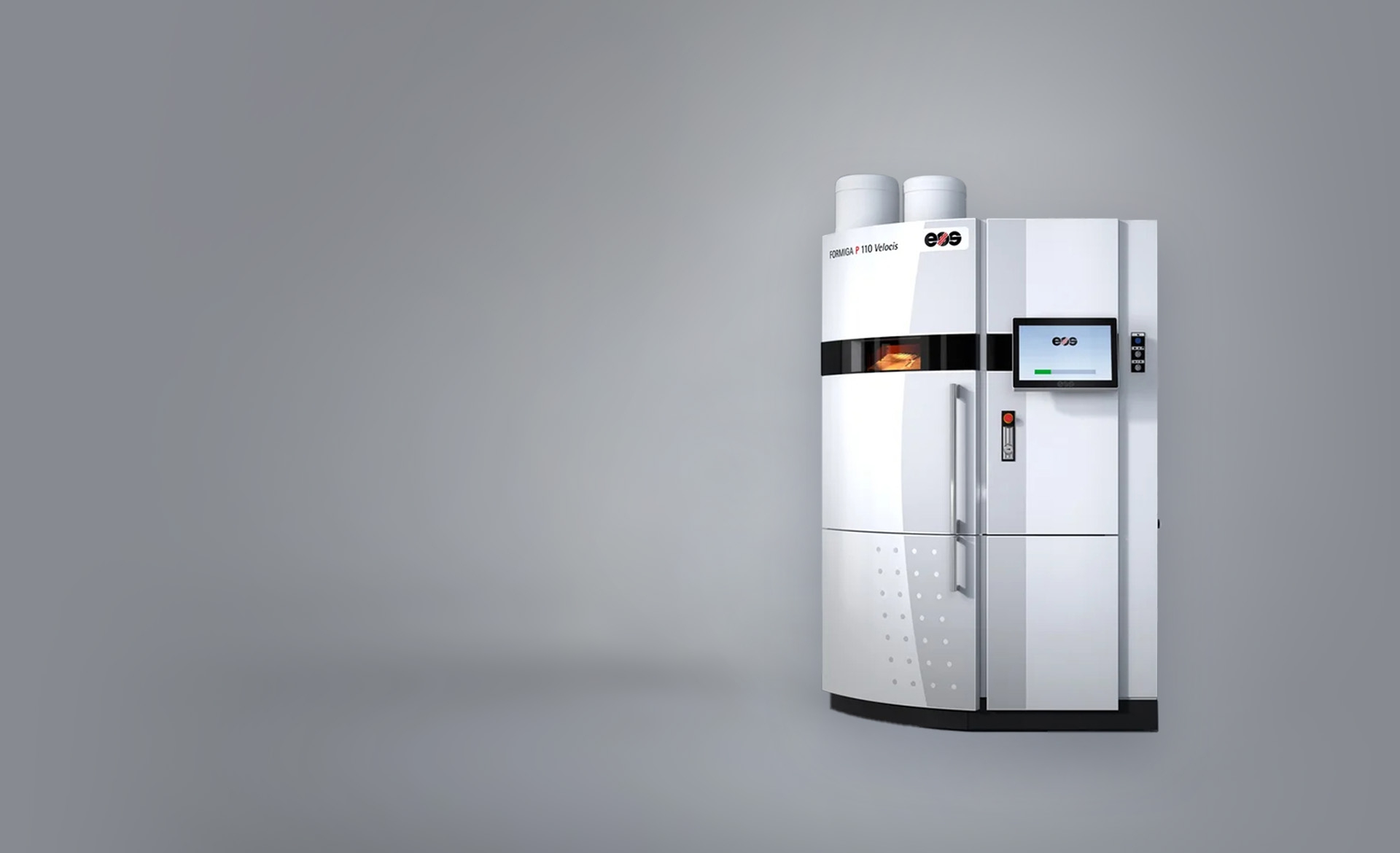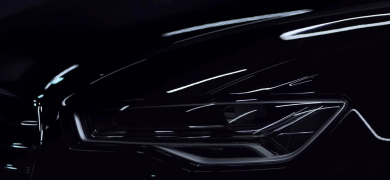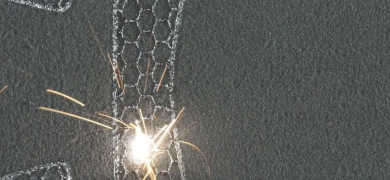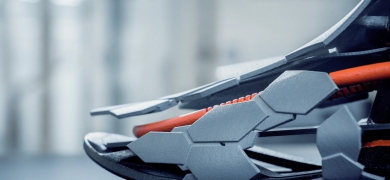

FORMIGA P 110 Velocis
The Established Entry-Level System
Build rate of 1.2 l/h with a packing density of 5%
Series production of small to medium-sized components
Extremely user-friendly
Full Cost Control
The only running costs are the material and electricity you use. This results in low operating costs that are easy to calculate. Auxiliary materials such as binding agents are not required.
Proven Quality
The established industrial 3D printer has set new standards on the market thanks to its high reliability and reproducible part properties.
Quick & Easy
The machine is low-maintenance and requires very few accessories. Parts are application-ready immediately after unpacking and blasting. No post-processing steps are required.
Technické údaje FORMIGA P 110 Velocis
- Construction Volume
- 200 x 250 x 330 mm (7.9 x 9.8 x 13 in)
- Building rate
- up to 1.2 l/h
- Laser Type
- CO₂; 30 W
- Precision Optics
- F-theta lens, high-speed scanner
- Scan Speed
- up to 5 m/s (16.4 ft/s)
- Power Supply
- 16 A
- Power Consumption
- typical 3 kW, maximum 5 kW
- Machine Dimensions (W x D x H)
- 1,320 x 1,067 x 2,204 mm (51.97 x 42.01 x 86.77 in)
- Recommended Installation Space
- min. 3.2 x 3.5 m x 3.0 m (126 x 138 x 118 in)
- Weight
- approx. 600 kg (1.323 lb)
- Software
- EOS ParameterEditor, EOS RP Tools, PSW 3.6
Compatible materials
 3D Printing in Practice
3D Printing in Practice
Additive Manufacturing for Serially Produced Vehicles
We help our customers implement additive manufacturing wherever it can fully demonstrate its strengths. This ranges from major changes to logistics systems, detailed equipment customization and lightweight parts, to engine technology fine-tuning. 3D printing technology holds the potential to optimize the automotive production value chain and react quickly and flexibly to new trends. This potential is extremely valuable in an industry where every player, automotive manufacturer, OEM and tooling provider faces high costs and innovation pressure.
More information → 3D Printing for Better Insight
3D Printing for Better Insight
Additive Manufacturing of Custom Glasses Frames
Every person’s face is as unique as their personality. To meet the highest fitting standards, glasses frames need to be made to measure. However, they are comparatively expensive to manufacture by hand.
Industrial 3D printing can change this. As an alternative to traditional manufacturing processes, it offers a range of advantages.
 Industrial 3D Printing for a Perfect Fit
Industrial 3D Printing for a Perfect Fit
Digital Production of Orthoses and Prostheses
We offer systems, materials and processes, software, and services – anything that you need for the 3D printing of prostheses and orthoses. With our solutions, orthopedic technicians and companies benefit from reliable data, stable processes, and decades of market experience.
Why 3D printing? With conventional manufacturing processes, the model needs to be manually adapted for each patient. The large number of steps involved means that production is expensive and time-consuming.


